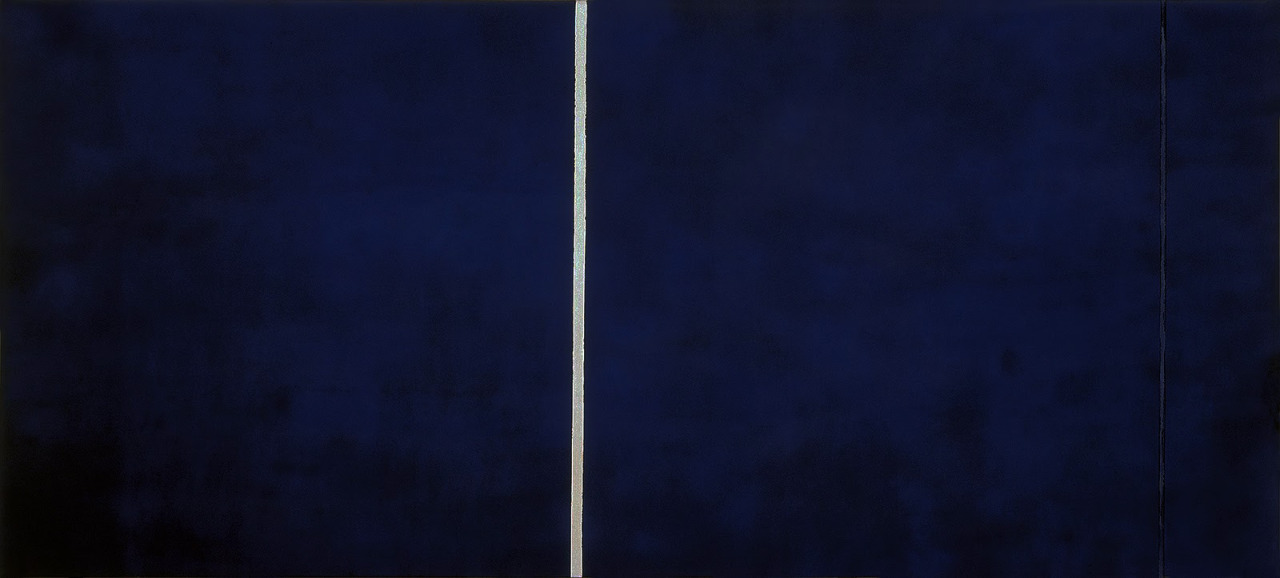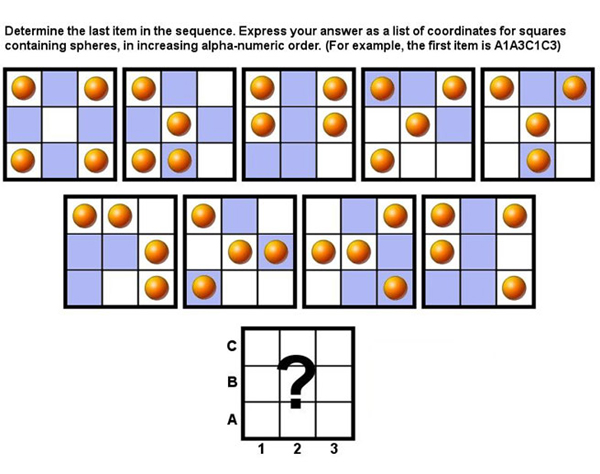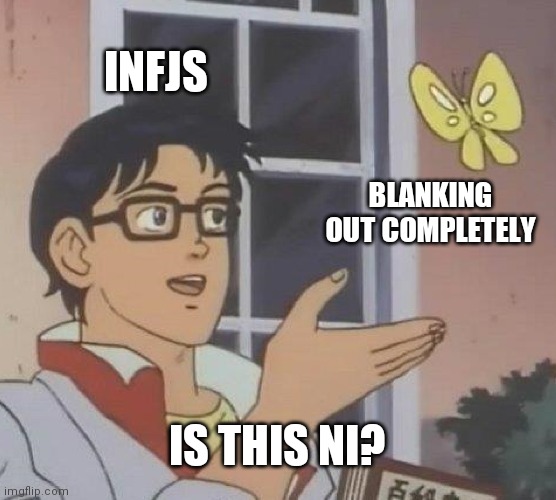LOL ... no, I don't want to.No, you’re officially ENTJ now.
Was Monet really of that type though? Hmm...
I believe Monet was a very talented soul. ♡ I've tried and tried to paint in his impressionistic style and find it very difficult for me. All those brush strokes! I'm more of a realist and get into the gritty little details of a painting. Now fabric or mixed media I'm all about abstractions.




